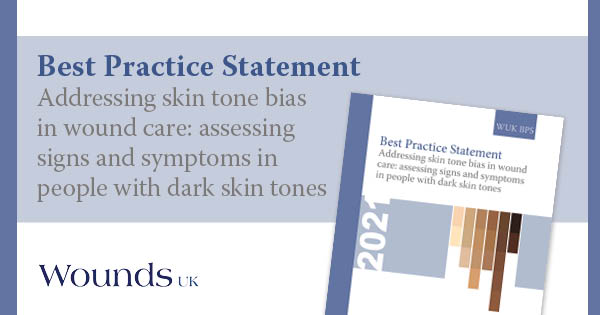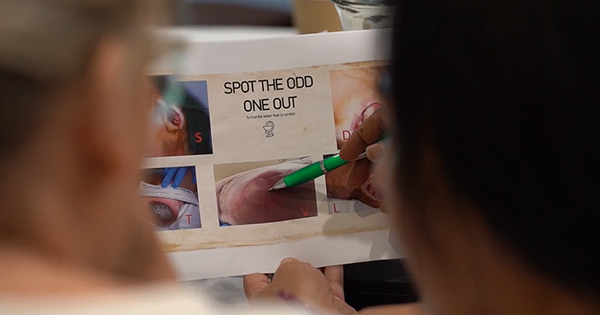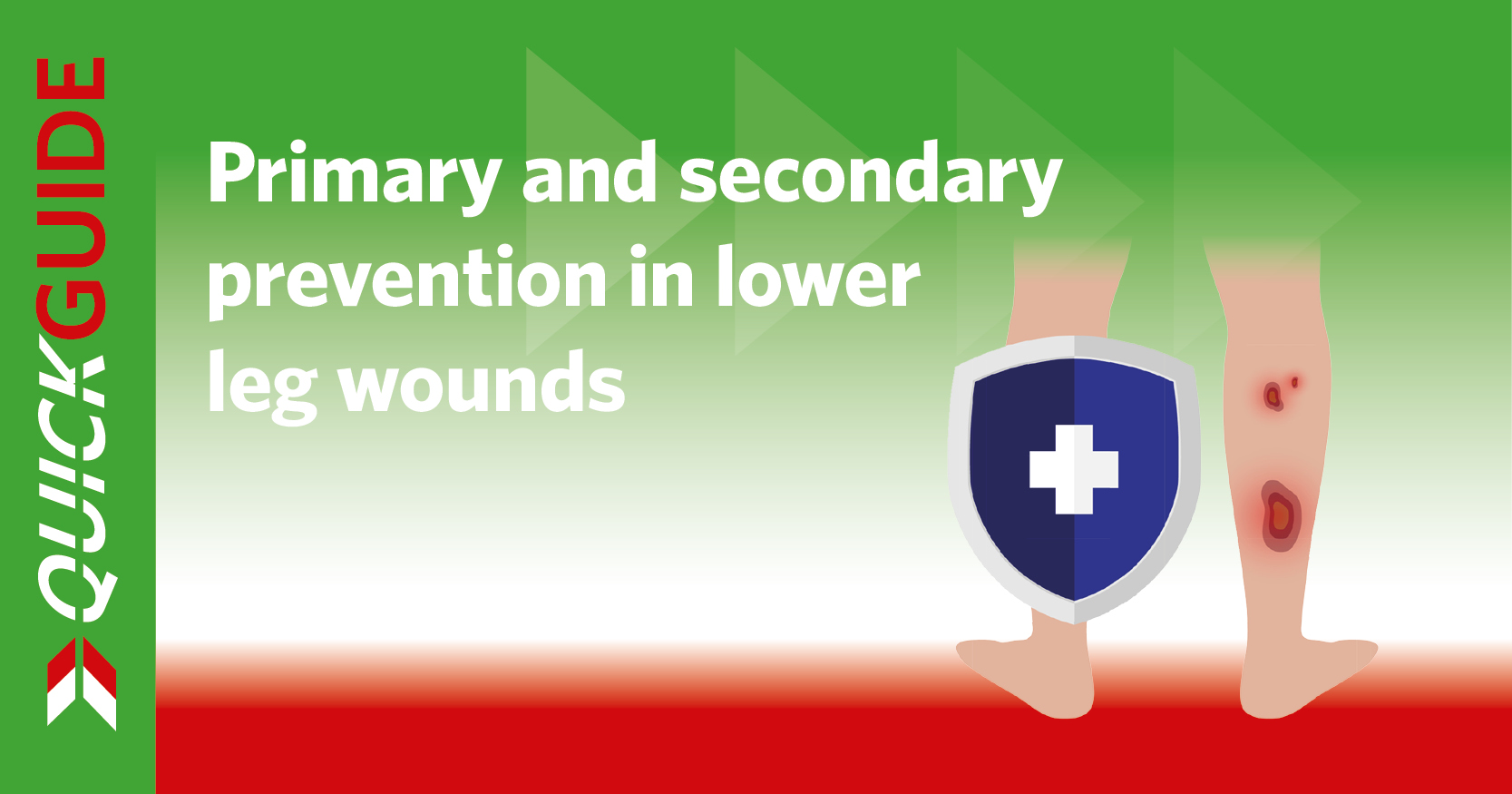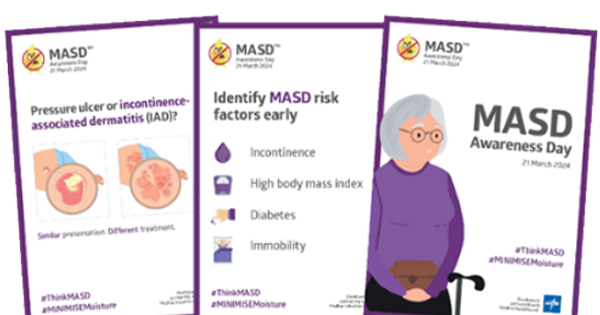Discrepancies in healthcare have long been an issue, with evidence-based best practice guidance needed to ensure that patients receive the best possible care. Disparities and biases due to ethnicity have been highlighted in particular. For example, Black women are four times more likely than white women to die in pregnancy or childbirth, with women from Asian ethnic backgrounds facing a two-fold risk (MBRRACE-UK, 2020).
The disproportionate effect of COVID-19 on ethnic minorities in some high-income countries such as the UK, in particular Black and South Asian communities, has thrown the effects of racism in healthcare into sharp relief (Razai et al, 2021). In the UK, people categorised as Black have had the highest COVID-19 diagnosis rates, with the lowest rates observed in white British people (Public Health England, 2020). Data up to May 2020 show 25% of patients requiring intensive care support were of Black or Asian background (Intensive Care National Audit and Research Centre, 2020).
It is evident that urgent action is needed to tackle systemic biases contributing to unequal outcomes across healthcare (Limb, 2021). In wound care, optimising treatment and outcomes for the individual patient depends on accurate assessment and diagnosis, for which knowledge of the signs and symptoms across skin tones is essential (Mukwende, 2020). There is generally a lack of evidence around skin tones in wound care, although it has been found that patients with dark skin tones are more likely to be diagnosed with higher-stage pressure ulcers (PUs) due to a lack of accurate assessment and early identification (Oozageer Gunowa et al, 2017).
White bias in education has been identified, with information and illustrative images overwhelmingly focused on white skin, and this has contributed to a lack of knowledge of assessment and diagnosis in dark skin tones (Mukwende, 2020; Oozageer Gunowa et al, 2020). Language and terminology such as a focus on ‘redness’, which may differ in presentation depending on skin tone, has created a bias that mean individuals with dark skin tones may not receive accurate diagnosis and care.
A study on undergraduate nurse education at five higher education institutions in the UK confirmed that learning was predominately framed through a white lens, with white normativity being strongly reinforced through teaching and learning activities (Oozageer Gunowa et al, 2020). These findings highlighted that teaching skin tone diversity is needed to ensure meaningful teaching and learning experiences, and that educators have a duty of care to inform and highlight health inequities in nursing and ultimately to enhance equity in care.
This document aims to highlight this issue and provide clinicians with practical guidance to aid accurate assessment and diagnosis in all skin tones, optimising patient care and improving outcomes.
Luxmi Dhoonmoon and Jacqui Fletcher (Expert Panel Co-chairs)







